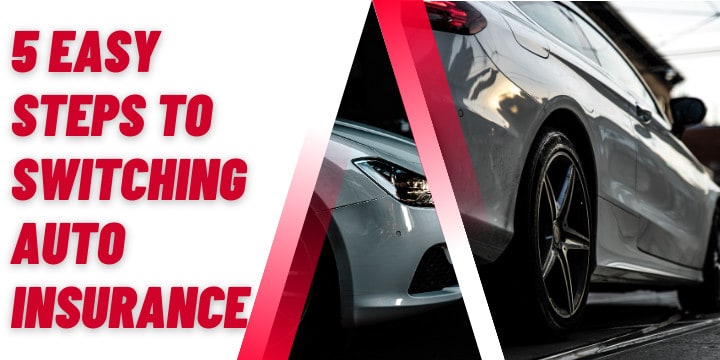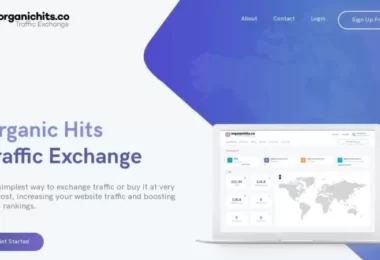1. Shop Around
To kick off your switch to a new car insurance provider, start by exploring different options to secure a more competitive rate. We suggest gathering quotes from at least three companies to effectively compare rates. Simplify this process by utilizing a quote comparison tool, which allows you to input your details once and receive multiple options.
As you navigate through potential insurers, prioritize those offering discounts tailored to your circumstances. For instance, State Farm boasts a student discount of up to 25%, surpassing other top providers in this category. Additionally, consider innovative solutions like usage-based insurance or pay-per-mile programs if you seek personalized savings based on your unique driving behaviors.
Once you have pinpointed some promising contenders, delve into each company’s reputation for customer service and claims handling. Consult reputable sources such as the J.D. Power 2022 U.S. Insurance Shopping Study℠ and the J.D. Power 2022 U.S. Auto Insurance Study℠ for insights. Furthermore, assess their credibility through online ratings from the Better Business Bureau, complaint indexes from the National Association of Insurance Commissioners, and financial evaluations from AM Best.
2. Buy the Optimal Policy
Proceed by acquiring the new insurance plan. If your current auto insurance is nearing its expiration date, ensure that the new policy commences at least a day before the current one ends.
By following this approach, you can prevent any gaps in coverage. Even a brief lapse of just one day could lead to higher insurance premiums in the future, as insurers may view you as an uninsured driver during that period. It is preferable to have overlapping coverage for a single day rather than none at all.
If you are transitioning between insurance providers mid-policy term, you can select the start date of the new coverage as per your preference.
Don’t forget to include your lender on the new policy if you have an auto loan or lease. The lender serves as a loss payee, ensuring they are compensated first in the event of a total loss if you still owe money. Typically, full-coverage insurance, encompassing collision and comprehensive coverage, is necessary when you have an auto loan.
3. End Your Prior Insurance Coverage
After securing your new insurance, it’s essential to initiate the process of terminating your current policy. If you have any ongoing claims, remember that your previous insurer will still handle the investigation and resolution of those claims.
To cancel your car insurance, contact your provider and discuss the cancellation with a representative at least one day after your new policy becomes effective. You can also arrange a specific cancellation date in advance to avoid forgetting. It’s crucial not to simply cease payments without formally canceling the policy.
If you paid for your policy upfront for a certain period, you should receive a refund for the remaining unused portion. Additionally, there may be a partial refund available if you pay monthly.
4. Obtain Your Insurance Verification
Next, make sure to have your insurance ID card readily available either in printed form or accessible through a mobile app. Many states accept digital ID cards during traffic stops, so it’s important to save it locally for offline access, ensuring you can retrieve it even without cellular service.
5. Keep Your Lender Informed: Notifying Your Lender of Insurance Changes
Lastly, if you have an auto loan or lease, it’s crucial to promptly update your lender about your new insurance coverage. Your previous insurance provider would have included your lender’s information on your previous policy, leading to them being informed of the policy cancellation. While you may have already listed your lender on your new insurance policy, it’s recommended to personally contact them to ensure they have all the necessary details regarding your updated coverage.
What Are the Reasons to Change Your Auto Insurance Provider?
Exploring a Change in Car Insurance Providers for a More Affordable Premium
Considering a switch in car insurance companies can result in a reduced monthly payment. It’s advisable to explore alternative options if:
- Your recent relocation has led to higher premiums compared to your previous location.
- You’ve acquired a new vehicle.
- Your child has obtained their driver’s license.
- Changes in your household, such as someone moving in or out, impact the driving dynamics.
- Significant life events like marriage or home purchase have occurred.
- Alterations in your lifestyle, such as working from home or becoming a parent, result in reduced driving mileage.
- Your credit score has experienced a notable increase or decrease (Note: Credit doesn’t impact rates in California, Hawaii, or Massachusetts).
The common denominator in these scenarios is a change in your driving profile, as car insurance companies assess various factors. Even a minor shift in your ZIP code can influence your insurance rates.
Each insurance provider utilizes a unique formula to calculate rates based on these factors. For example, while one company may offer favorable rates for an individual policyholder, another might provide better options after marriage. The breakdown below delves into the different factors influencing car insurance rates.
When is the Right Time to Change Your Auto Insurance?
While the option to switch car insurance is available at any time, the timing of such a change can significantly impact your overall experience. It’s important to note that certain insurance providers offer loyalty discounts based on the duration of your policy with them. If you switch companies shortly after starting a policy, you may miss out on potential loyalty discounts.
Before making a switch, inquire with your current insurance company about any potential cancellation fees within a specific timeframe. While many companies allow fee-free cancellations, exceptions exist, and waiting until your policy expires can help you avoid additional charges.
Additionally, it’s advisable to refrain from changing insurance providers during an open at-fault claim. Although it is technically allowed, switching under such circumstances may lead to increased rates to accommodate the claim’s cost, either upon settlement or in the next policy term. If switching becomes necessary during a claim, full transparency with your new provider is crucial to avoid any discrepancies that could result in higher rates.
Key Takeaways on Changing Car Insurance
Exploring a change in your car insurance policy can be advantageous if you currently face high rates, experience an improved credit score, or undergo changes such as a relocation for yourself or a covered family member. However, we advise conducting a comprehensive search and comparison of options before reaching a decision. Although the process of finding the optimal rate and transitioning to a new car insurance company may require time and effort, the potential long-term benefits make it a worthwhile endeavor.
To swiftly compare rates from various providers in your area, enter your ZIP code below.







